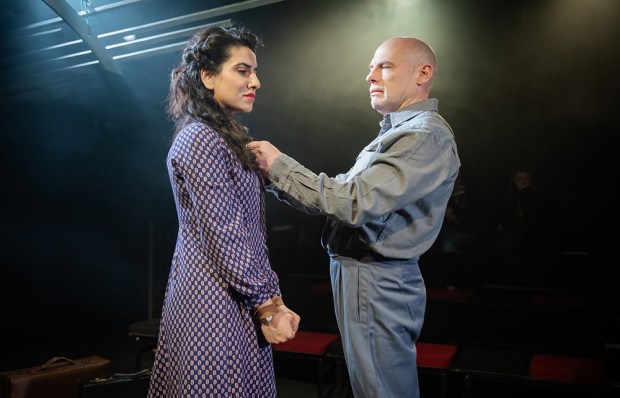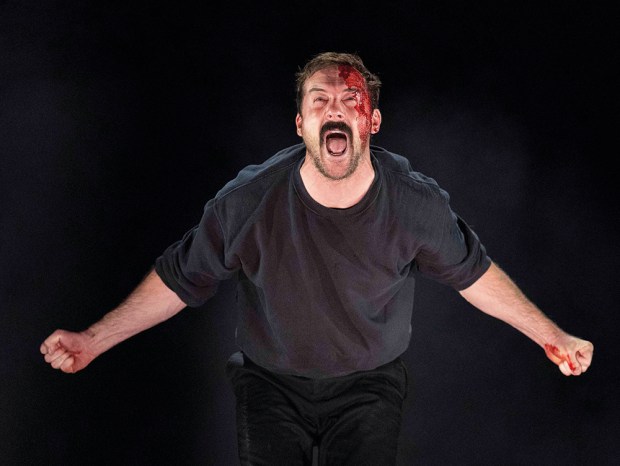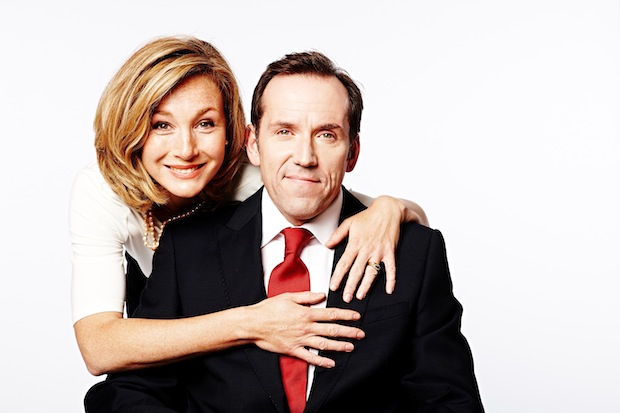Strange actor, Martin Shaw. He’s got all the right equipment for major stardom: a handsome and complicated face, a languid sexiness, a decent physique and a magnificent throbbing voice. He sounds like a lion feeling peckish in mid-afternoon. At top volume, his growl could dislodge chimney pots. And yet he’s just a steady-eddy TV performer who does the odd stint in the West End.
Already a subscriber? Log in
Subscribe for just $2 a week
Try a month of The Spectator Australia absolutely free and without commitment. Not only that but – if you choose to continue – you’ll pay just $2 a week for your first year.
- Unlimited access to spectator.com.au and app
- The weekly edition on the Spectator Australia app
- Spectator podcasts and newsletters
- Full access to spectator.co.uk
Or
Unlock this article
You might disagree with half of it, but you’ll enjoy reading all of it. Try your first month for free, then just $2 a week for the remainder of your first year.













Comments
Don't miss out
Join the conversation with other Spectator Australia readers. Subscribe to leave a comment.
SUBSCRIBEAlready a subscriber? Log in